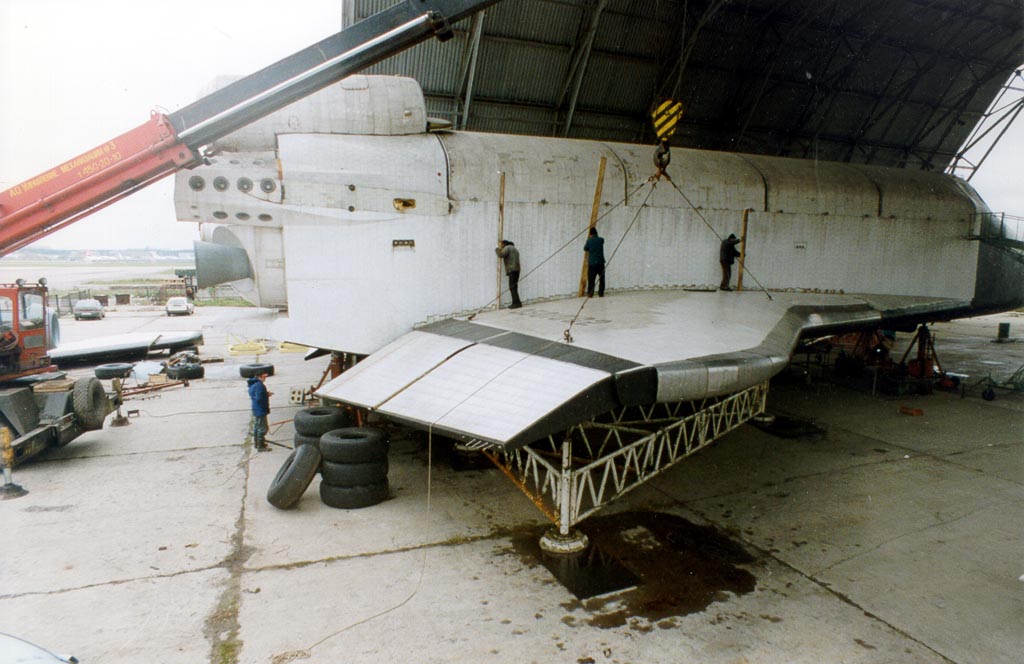
In their opinion, the Shuttle's 30-ton payload-to-orbit capacity and, more significantly, its 15-ton payload return capacity, were a clear indication that one of its main objectives would be to place massive experimental laser weapons into orbit that could destroy enemy missiles from a distance of several thousands of kilometers. Soviet officials were concerned about a perceived military threat posed by the US Space Shuttle. The development of the Buran began in the early 1970s as a response to the U.S. After Zvezda, there was a hiatus in reusable projects until Buran.

Decades later, another project with the same name was used as a service module for the International Space Station. The next iteration of the idea was Zvezda from the early 1960s, which also reached a prototype stage. The cancellation was based on a final decision to develop ICBMs. The Burya had the goal of delivering a nuclear payload, presumably to the United States, and then returning to base. Several test flights are known, before it was cancelled by order of the Central Committee. The idea saw its first iteration in the Burya high-altitude jet aircraft, which reached the prototype stage. Before Buran, no project of the program reached production. The idea of Soviet reusable space flight is very old, though it was neither continuous, nor consistently organized. The Soviet reusable space-craft program has its roots in the very beginning of the space age, the late 1950s. The Buran spacecraft was similar in appearance to the NASA Space Shuttle, and was destroyed in the Buran hangar collapse on May 12, 2002. The Buran completed one unmanned spaceflight in 1988 before its cancellation in 1993.

The project was the largest and the most expensive in the history of Soviet space exploration. The Soviet reusable spacecraft program Buran ("Бура́н" meaning "Snowstorm" or "Blizzard" in Russian) began in 1974 at TsAGI as a response to the United States Space Shuttle program.


 0 kommentar(er)
0 kommentar(er)
